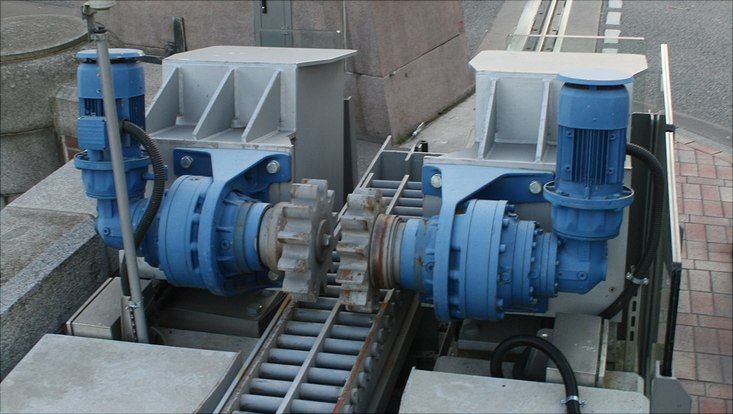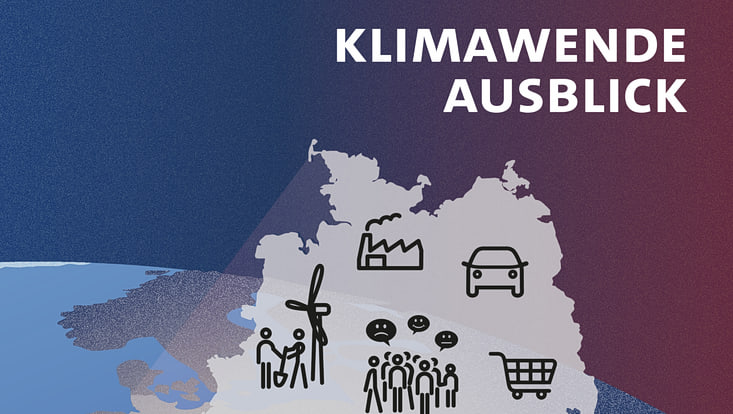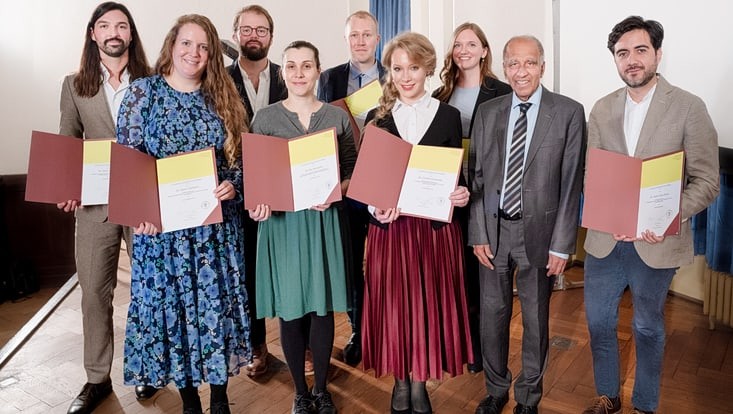and Society (CLICCS)
When Water Comes From Four Sides
8 June 2021, by Stephanie Janssen

Photo: UHH/CEN/T.Wasilewski
Coastal cities have to face a unique set of challenges. Climate change means that sea and river levels are rising. In addition, hinterland floods and heavy rain are becoming more frequent, and the groundwater level is changing.
Prof. Heinke Schlünzen and her team are investigating how cities can sensibly adapt. “We have to make cities more climate-change-proof and sustainable. We need clear strategies for reducing emissions, combined with restoration, renovation and new development for adaptation,” says Schlünzen. In this context, reducing sealed surfaces is an important topic. Even today, when there is extreme precipitation in Hamburg, the water is often unable to drain off adequately. “It is essential to reduce the percentage of sealed surfaces in the city. In some other regions, it’s common practice to install water-collection systems on every property,” says Schlünzen. Parking lots could be equipped with grid pavers, while roofs offer space for adding plants and solar panels, which would allow rainwater retention and generate energy.“The aim must be a city of short distances and plenty of green and open spaces,” says Schlünzen. These areas provide recreational space and enable infiltration – at the same time shorter distances can reduce emissions. “Sensible design considers many factors at once.”
CLICCS Quarterly
This article was published in the CLICCS Quarterly, in which the Cluster of Excellence presents current news from its climate research. Find full issue -> here.


